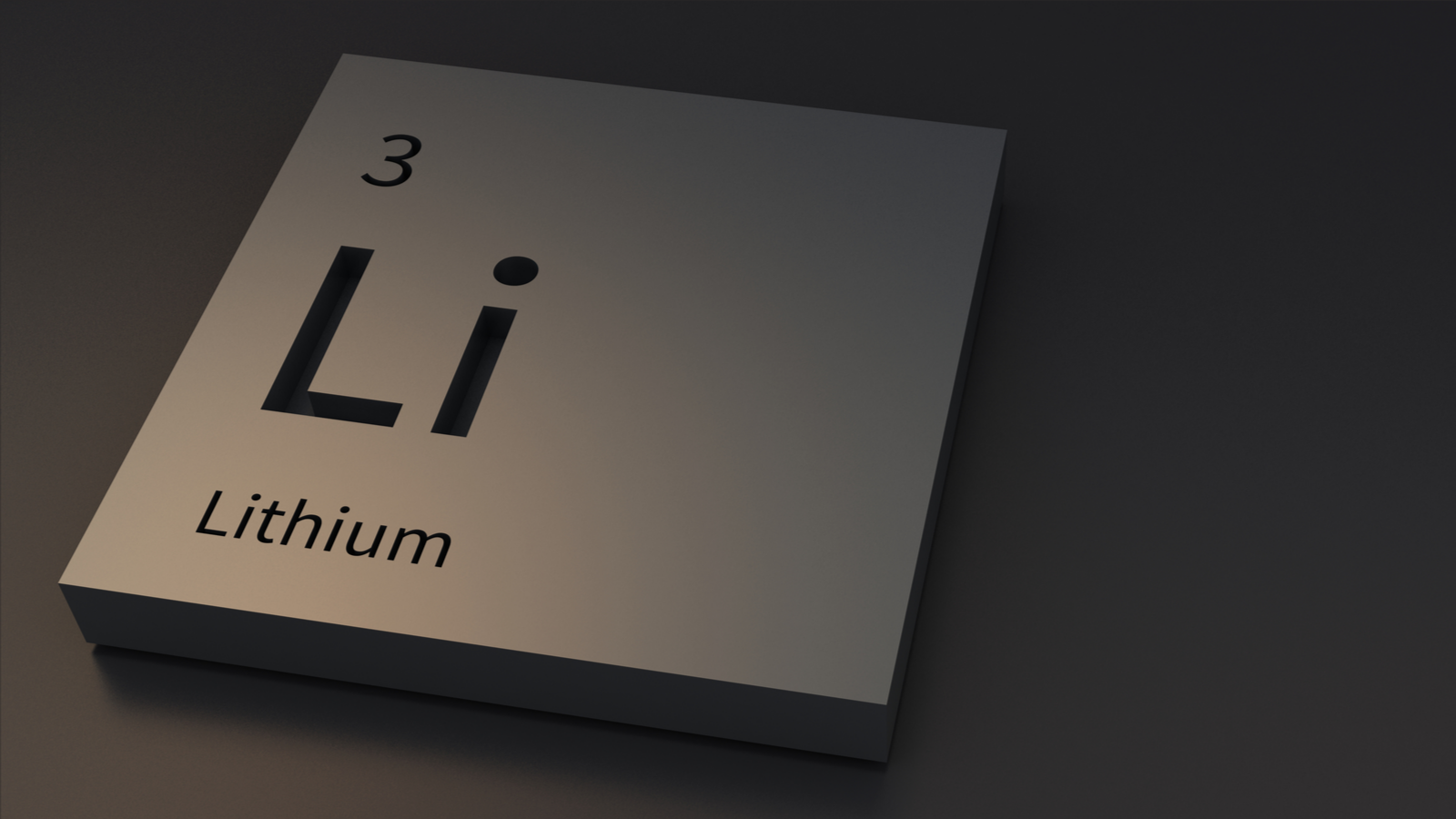Too many small owners lacking critical scale and unprecedented roadblocks to new energy pipeline infrastructure: That’s what was at the core of the unprecedented wave of U.S. oil and gas midstream dividend cuts and bankruptcies of the past few years.
Now those same forces are spawning something considerably more positive for investors. That’s an emerging wave of midstream mergers and acquisitions activity. We now even have our first bidding war for this energy cycle, as Brookfield Asset Management (BAM) and Pembina Pipeline (PBA) square off over Canada’ Inter Pipeline (IPPLF).
With dozens of midstream companies still publicly traded and non-traditional owners like utilities anxious to sell, we believe the action has only just begun in this long-suffering sector. And the rewards for investors who build positions now in the best candidates will be immense.

getty
The first wave of midstream M&A has been general partners buying in publicly traded limited partner interests in their MLPs, most recently Chevron Corp’s (CVX) buyout of the former Noble Midstream Partners. BP Midstream Partners (BPLP), Phillips 66 Partners (PSXP) and Shell Midstream Partners (SHLX) are all great candidates for next on the block.
Sponsor/general partners have clearly lost interest in funding their growth. The only question is what price they’ll be willing to pay to take them private. We suspect decent premiums in the 10 to 15% range. But the real appeal is likely to be the long-term upside, as their super major owners use their stock rather than cash as currency and as their shares in turn are carried higher by the new energy cycle.
MORE FOR YOU
The bigger premiums will be between unrelated companies and MLPs, where the pool of potential midstream takeover targets is much deeper. The rationale for midstream M&A is scale which is critical at a time when producer customers are curtailing output so they can maximize free cash flow to pay down debt. And the clear verdict of energy companies’ Q1 guidance is management teams aren’t ramping up, despite benchmark oil and natural gas prices pushing to multi-year highs.
For midstream companies, lower production means reduced volumes of crude oil, natural gas, natural gas liquids and refined products in their systems. Companies paid based on volume have seen dramatically shrinking revenue. But even those paid fixed fees under take-or-pay capacity-based contracts have taken a hit from expiring contracts and producer bankruptcies.
In addition, well-funded litigation and tightening regulation have stalled multiple midstream projects, most critically the92 % complete Mountain Valley Pipeline to match Appalachian natural gas with Mid-Atlantic demand. Even pipelines operating for years have been threatened with shutdowns, for example the Dakota Access Pipeline and Enbridge Inc’s (ENB) Line 5 in Michigan.
In this environment, midstream companies that are heavily dependent on a single project, region, asset type or customer carry heavy event risk. But scaled up and diversified companies can absorb such disasters without undermining their overall financial health. In fact, they may realize a net benefit, since the value of other assets will rise as overall shipping capacity shrinks.
Energy Transfer LP’s (ET) ongoing acquisition of Enable Midstream Partners (ENBL) is the first big deal in the new phase of midstream M&A. That’s set to close this summer and has already rewarded selling general partners Centerpoint Energy (CNP) and OG&E Energy (OGE) as well as other unitholders, as the value of Energy Transfer units to be received has surged more than 35% since its announcement.
Recently, two more big deals were announced. Kinder Morgan Inc (KMI) is buying the Stagecoach system from 50-50 owners Crestwood Equity Partners (CEQP) and Consolidated Edison (ED), an electric utility that’s made no secret of its desire to exit the midstream business. The other is what appears now to be an emerging bidding war between Pembina and a unit of Brookfield Asset Management over Canadian midstream Inter Pipeline.
Pembina’s CEO Michael Dilger says he’s tried twice to buy Inter Pipeline in the last 10 years. Now his successful offer to swap 0.5 PBA/1 IPL offer will further cement his company’s position as Canada’s number three midstream, with combined enterprise value of CAD53 billion.
Brookfield’s latest offer is about 5% above Pembina’s and is 74% stock, a facet they tout as superior. A year ago, we would have agreed. Now, we believe there’s considerably more upside in shares of Canada’s third largest midstream company, which are highly leveraged to the upside in the energy cycle.
In any case, Pembina appears to have room to go higher. Management projects CAD100-CAD150 million in first year merger synergies alone, with an additional CAD50-CAD100 million after. That means it will be strongly accretive to Pembina, even if it has to increase its share-for-share ratio. And that’s not counting CAD6 billion in “highly probable” projects cited by the companies. It also doesn’t appears to include upside from a re-start of the suspended Heartland Petrochemical Complex in Alberta, which is projected to produce additional cash flow of CAD1.1-CAD1.4 billion when completed.
Typically, shares of acquiring companies drop sharply following all-stock offers for underperforming peers. The fact that Pembina’s slipped only marginally is a clear sign this deal is strongly accretive. And scale will enable faster investment, including expansion of the company’s Prince Rupert NGLs export terminal and unlocking production from the Western Canada Sedimentary Basin to meet high demand growth from Asia.
Pembina has announced it will increase its monthly dividend by 4.8% at the expected 2022 close. My highest recommended entry point remains 38. Inter Pipeline is a hold though the merger as the bidding continues.
Kinder Morgan’s purchase of the Stagecoach natural gas midstream system will add 185 miles of pipeline and 42 billion cubic feet of storage in the Marcellus shale of Appalachia. The system has key connections to Northeast markets, including links to the company’s Tennessee Gas Pipeline system and four strategically located storage facilities on the New York/Pennsylvania border. The company will fund the entire $1.22 billion price with cash, and will add enough cash flow to produce a reduction in gross leverage according to credit rater Fitch.
Kinder management has expressed interest in buying gas pipelines owned by utilities. And in Consolidated Edison and debt focused Crestwood, it found sellers willing to part with the asset for 10 times pandemic year EBITDA. I think it’s probable the final price multiple will ultimately wind up in high single digits based on synergies alone. And it will be strongly accretive to Kinder’s distributable cash flow and free cash flow. Kinder’s a buy up to 22.
As for Crestwood, the sale has cut the company’s end-2021 debt to EBITDA target ratio to 3.5 to 3.75 times. It will also better focus the partnership’s assets and coupled with the recent ownership simplification greatly increases the odds of a takeover. Buy up to 30. Consolidated Edison rates a hold.

/https://specials-images.forbesimg.com/imageserve/5fb781267f2929d356d40040/0x0.jpg)



